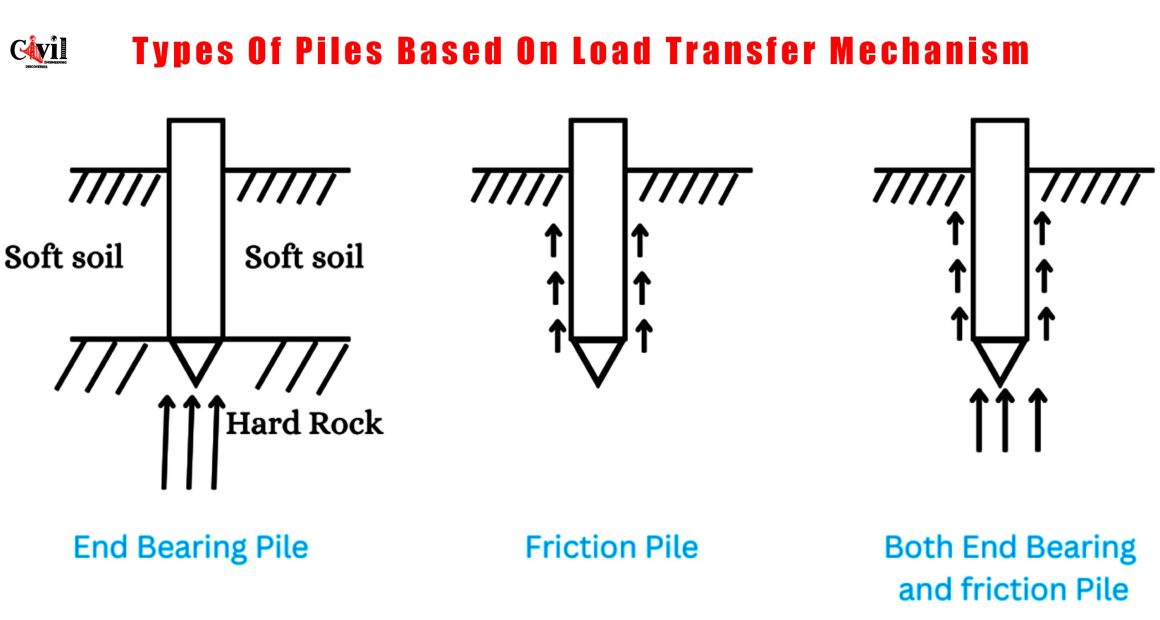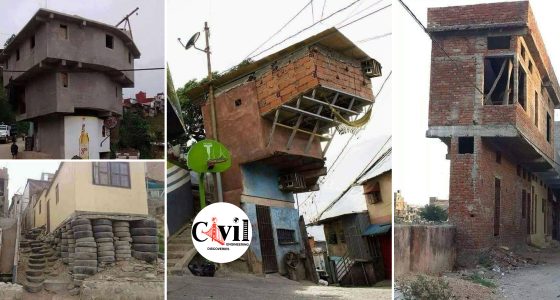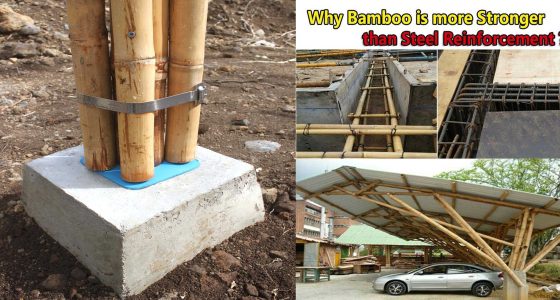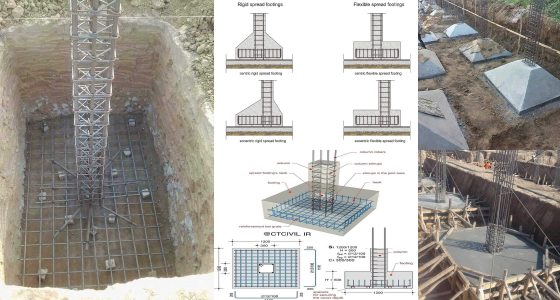When it comes to foundation design, choosing the correct type of pile is crucial. Different types of piles exist based on how they transfer load to the ground. Let’s explore the three primary types:
End-Bearing Piles
End-bearing piles are designed to transfer the load directly to a strong layer of soil or rock. These piles act like columns, carrying the structure’s weight through weaker soil until they reach a firm stratum. Once the pile hits the bedrock or other solid material, the entire load is transferred to this stable layer. End-bearing piles are typically used in areas with soft top layers but harder layers beneath.
Friction Piles
Friction piles work differently. Instead of relying on reaching a solid layer, these piles distribute the load through friction between the surface of the pile and the surrounding soil. The entire length of the pile contributes to load support. Friction piles are ideal for areas without clearly defined bedrock or where deep foundations are necessary.
Combined End-Bearing and Friction Piles
Some situations call for a combination of both end-bearing and friction mechanisms. Combined piles offer support through end-bearing on a firm layer while also gaining additional stability from the friction created with the surrounding soil. This type of pile is often used in complex projects requiring both deep and surface-level stability.
Properly selecting the right type of pile can significantly impact the safety and longevity of a structure. Each pile type has its specific use case, ensuring that the load is effectively transferred and distributed based on soil conditions and project needs.
Key Considerations for Pile Selection
When selecting the right pile type for a project, several factors come into play. Engineers must assess the soil conditions, load requirements, and the nature of the structure. Below are some of the key considerations:
Soil Conditions
The type of soil at the site plays a significant role in determining which pile to use. End-bearing piles work well when a solid, stable layer, such as rock, is beneath weaker soils. Friction piles, on the other hand, are ideal for sites where the soil is consistent in its properties, without a distinct layer of bedrock nearby. A thorough geotechnical survey is often needed to assess these conditions accurately.
Load Requirements
The amount of load that the structure will impose on the foundation is another critical factor. End-bearing piles are commonly used for buildings with heavy loads, as they rely on the strength of a solid foundation layer. Friction piles can handle lighter to moderate loads by distributing weight along the pile shaft through soil interaction.
Project Size and Budget
Large infrastructure projects like bridges, skyscrapers, or industrial facilities may require more complex piling solutions, often using combined end-bearing and friction piles. These combined piles ensure that both vertical and lateral forces are effectively managed. Smaller projects with fewer load requirements may only need a simple end-bearing or friction pile, which could be more cost-effective.
Advantages and Disadvantages of Each Pile Type
To help you understand the selection process further, here’s a quick breakdown of the pros and cons of each pile type:
End-Bearing Piles
- Advantages: High load-bearing capacity, especially on firm strata. Reliable for large structures.
- Disadvantages: Can be expensive due to the need for deep drilling to reach solid layers.
Friction Piles
- Advantages: Suitable for various soil types, less depth required. Can be more cost-effective for medium-sized projects.
- Disadvantages: Lower load capacity compared to end-bearing piles.
Combined Piles
- Advantages: Offers both strength and flexibility in complex soil conditions. Can support a wider range of loads.
- Disadvantages: Higher cost and longer installation time due to the dual load transfer mechanism.







